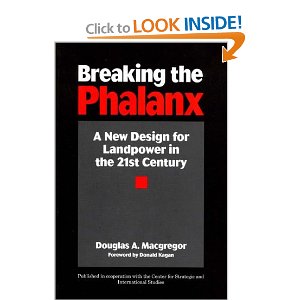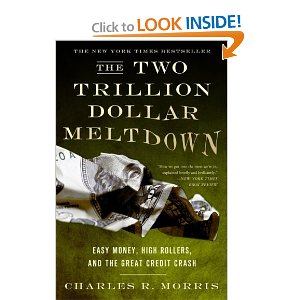
Thom Hartmann
![]() Short Smart List, Not a Roadmap or Game Plan
Short Smart List, Not a Roadmap or Game Plan
November 28, 2010
I almost did not buy this book because I know all this stuff already, but out of respect for the author, who is one of a number of individuals including Jim Fallows, William Greider, Matt Miller, Margaret Wheatley, and Tom Atlee that I consider deeply ethical and inspired, I went ahead and bought it.
As expected, the book is a straight-forward, easy-to-understand “checklist” of eleven things in eleven short chapters, that will “save America.” This is where the book almost lost a star, because as good as the list is, it lacks both context and detail–there is nothing wrong with America that cannot be fixed by restoring the Constitution and demanding Electoral Reform legislation by 4 July 2011–and Thom, brilliant as he is, has not connected to the idea of Collective Intelligence and the urgency of harnessing the distributed intelligence of our Commonwealth.
Here is the “checklist” with very short critical comments.
Continue reading “Review: Rebooting the American Dream–11 Ways to Rebuild Our Country”







